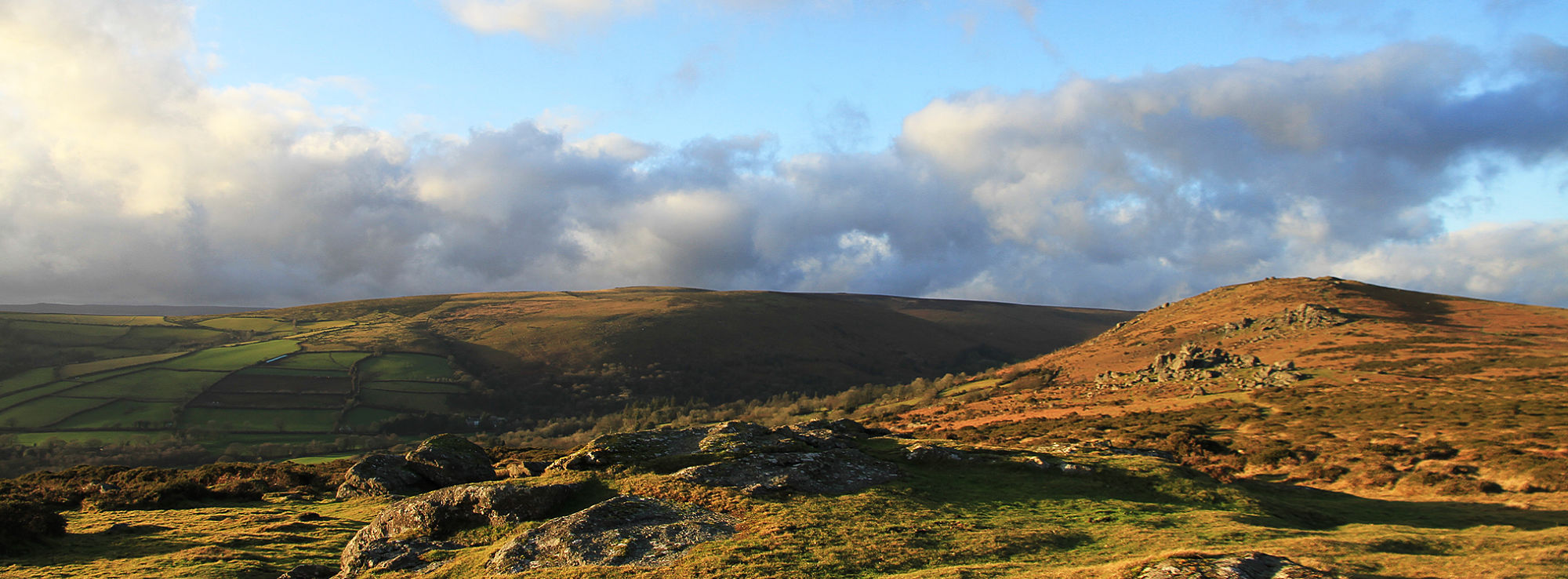Barbastelle Tracking Diary - part 6
 While the sun descended over Trendlebere Down one August
evening a small group of naturalists gathered. Along with Andy Carr, bat
researcher from the University of Bristol, Barry Henwood and Bob Heckford
brought their specialist knowledge of moths. Andy and his team of volunteers
has previously revealed some of the foraging habits of the rare barbastelle
bats of the Bovey Valley and now he needs to know more about the range and availability
of their food. It’s well known that the bats tend to feed on moths but specific
information would require further work. A species list of around 20 night
flying moths had previously been produced and needed updating.
While the sun descended over Trendlebere Down one August
evening a small group of naturalists gathered. Along with Andy Carr, bat
researcher from the University of Bristol, Barry Henwood and Bob Heckford
brought their specialist knowledge of moths. Andy and his team of volunteers
has previously revealed some of the foraging habits of the rare barbastelle
bats of the Bovey Valley and now he needs to know more about the range and availability
of their food. It’s well known that the bats tend to feed on moths but specific
information would require further work. A species list of around 20 night
flying moths had previously been produced and needed updating.
Two of the tagged bats have been tracked and found foraging in a woodland along the Becka Brook, upstream from their roost site and Andy wanted to get some idea of why these two preferred this area. Would there be a correlation between the species of moths and the favoured feeding spot? A combination of moth trapping results and the analysis of DNA from bat droppings would start to complete the picture.
Walking to a point in the woods where the two foraging grounds crossed over, the team carried bags of equipment including traps, cables and a generator. Under the oaks the darkness was dropping in and in short time three pools of light were glowing brightly in the clearings between the trees. Skinner Traps with their 125 watt vapour lamps were soon attracting various insects. They began to flutter in and gather above the light while a discussion took place about the prey list and the species of moths expected during the evening. Barbastelles catch and consume moths during flight and it is often assumed that moths of a certain size range would be eaten by barbastelles but tonight’s survey would lead to more specific records for the Bovey Valley bats.
Back among the branches a few pipistrelles were seen foraging and bat tracking volunteer Mike Treble was on the ground to check whether the tagged barbastelles were out foraging. Returning to the light traps the moth activity was building up. Among the early visitors were the stunningly patterned black arches and the July highflyer with its sheen of green.
Andy began to take notes with the aid of the vapour lamp lighting the page and Barry and Bob identifying each moth. The two experts were hoping for around 100 species to visit the traps but the night was cooling down and flying activity subsequently reduced. The final tally was around 30 species including the sumptuously named satin beauty, the larger drinker moth, an antler moth, a few clouded border moths and various forms of the riband wave. All of these fabulous names showed how many different and interesting species are around at night, even when it’s not so warm.
While gathered around the light traps there was time to chat and, though the scientific knowledge of our experts was extensive, some of the big questions have never been fully answered. “Why are moths attracted to the light?” This has only ever been partly explained by their use of the moon to navigate. They also discussed how some moths are seasonal flyers and others fly at different times of night which gave Andy food for thought. Presumably the bats would vary their diet depending on availability of prey in the woods.
As the equipment was packed away Mike was able to confirm that one of the tagged bats had been feeding around the woods that evening. What had she been feeding on? Perhaps a little colder and a little wiser, Andy would know a bit more after this study. He made plans with Barry and Bob to continue their studies at another feeding site lower down the valley on another night.
Words and pictures by Matt Parkins





